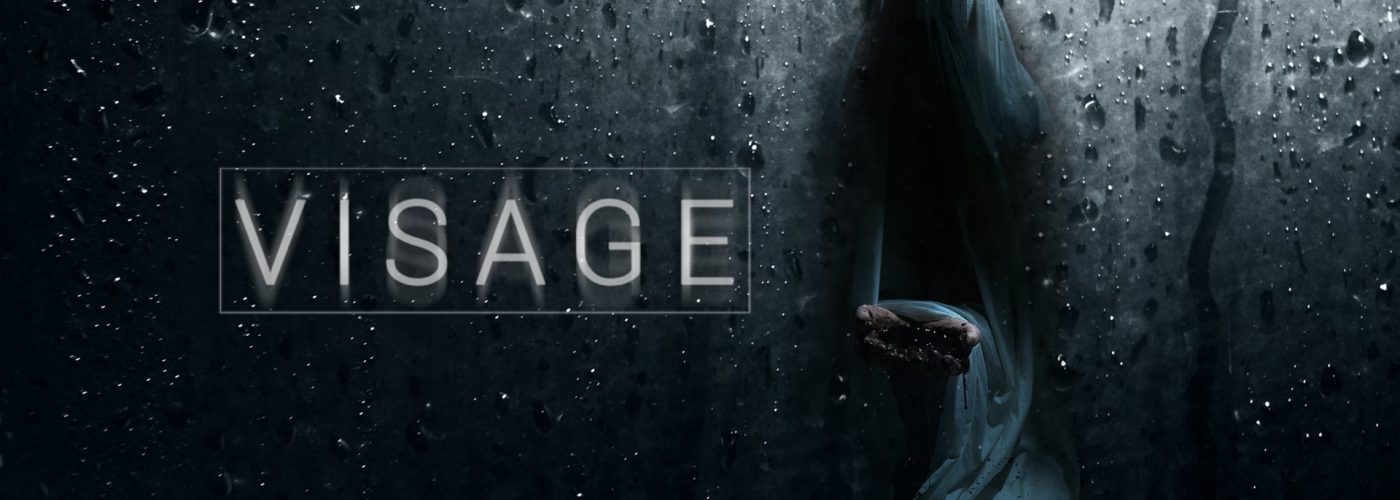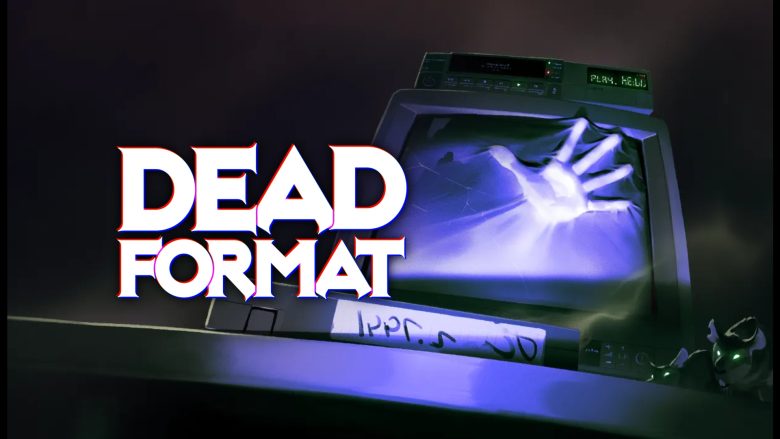Inside, Something Waits—And It’s Not Alone.
Visage is a survival horror game developed by SadSquare Studio, officially released in 2020 following a lengthy early access phase. From its earliest announcement, the game captured the attention of horror enthusiasts thanks to its unmistakable homage to genre staples like Silent Hill and P.T.. Rather than relying on action or cheap jump scares, Visage positioned itself as a deeply unsettling experience rooted in atmospheric tension and psychological dread.
The premise is deceptively simple yet rich with potential: players assume the role of Dwayne Anderson, trapped within a mysterious, seemingly cursed house, and must navigate its unsettling corridors, solve cryptic puzzles, and gradually uncover the dark truths lurking behind its walls.
But Visage doesn’t aim merely to scare—it seeks to envelop players in a disturbing, claustrophobic atmosphere, leveraging environmental storytelling and masterful direction through lighting, sound design, and architectural tension to evoke a deep, lingering unease.
Eschewing easy thrills, the game opts for a slow-burning, introspective approach that demands patience, attention to detail, and a willingness to engage with its unsettling world on a psychological level.
Within the landscape of indie horror, the title stands out for its mature, artistic approach to fear, where isolation and mental fragility take center stage alongside the game’s spectral entities.
It speaks directly to a dedicated niche of players—those drawn to psychological horror and experiences rooted more in suspense and dread than action—delivering a viscerally intense, often oppressive journey that lingers long after the credits roll.
Over time, its reputation has grown steadily, propelled by word of mouth, streamer endorsements, and community praise for its haunting atmosphere and narrative depth.
True to its promise, Visage offers not just a game, but a meticulously crafted nightmare, where every element—from set design to musical score—works in harmony to create an authentic terror deeply rooted in the protagonist’s psyche and the human tragedy the house seems to enshrine.
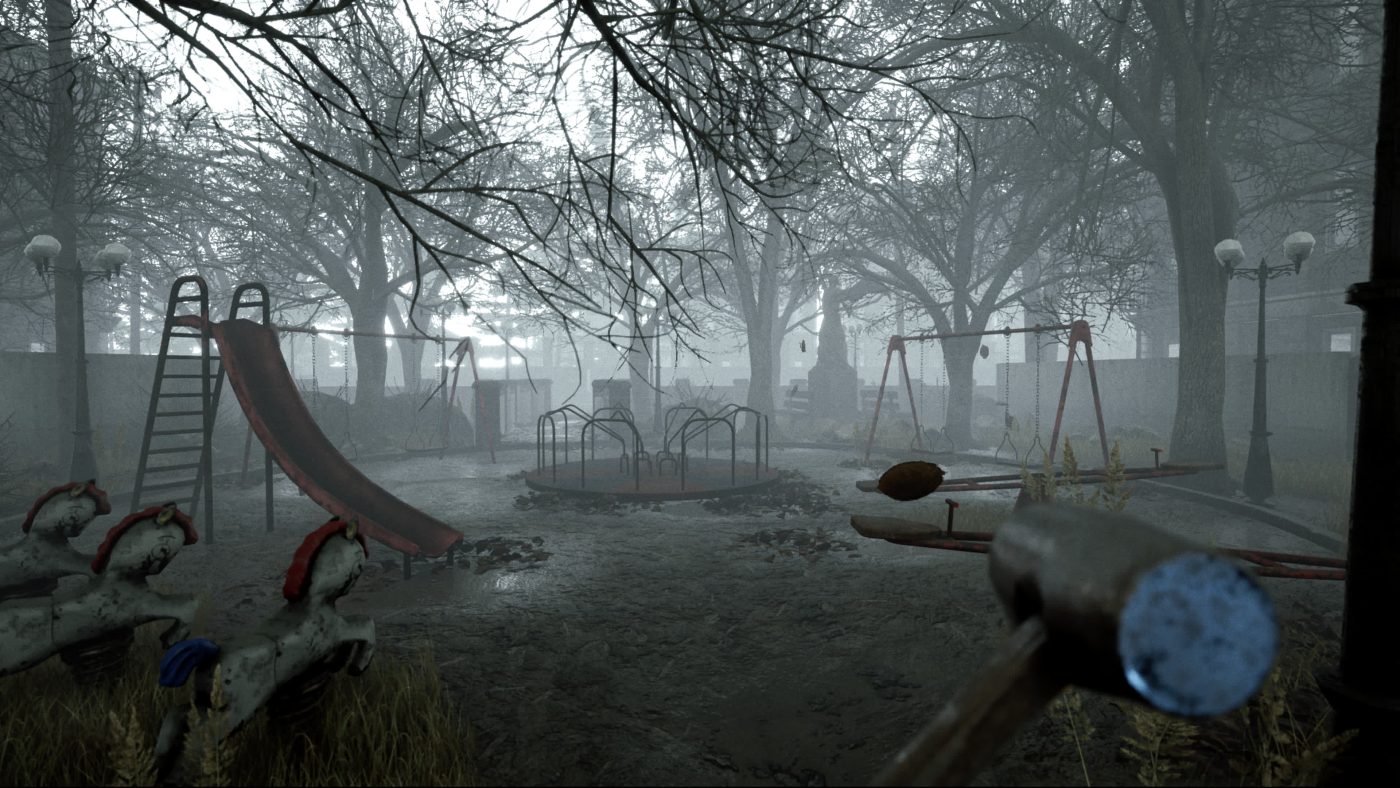
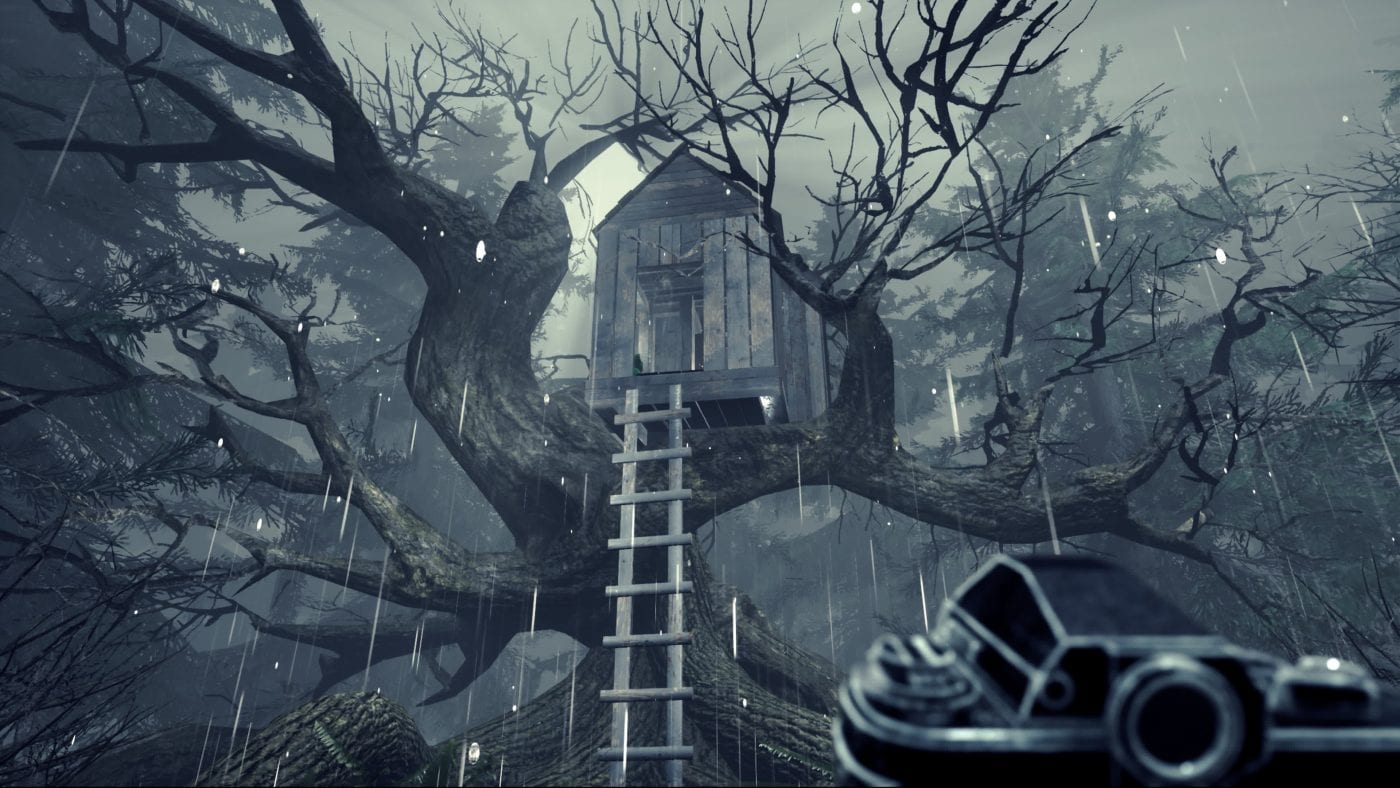
SadSquare Studio: The Visionaries Behind Visage
SadSquare Studio is an independent development team composed of a small group of passionate horror and video game enthusiasts. Founded in the second decade of the new millennium, the studio devoted several years to the creation of Visage, a project that marks their major breakthrough on the international gaming scene.
SadSquare’s origins are rooted in the team’s shared love for survival horror classics—particularly iconic series like Silent Hill and more recent experiences such as P.T. These titles served as both homage and inspiration, guiding the team in crafting a game that pays tribute to the genre while also pushing its boundaries.
The development process was long and challenging, especially for such a small team, but they were able to count on the direct support of their community. A successful Kickstarter campaign helped partially fund the project, and this close relationship with fans enabled SadSquare to shape the game around the expectations of a demanding audience in search of a deeper, more unconventional horror experience.
Most of the team worked remotely, bringing together their expertise in programming, design, sound, and storytelling to deliver a product carefully honed in every detail.
SadSquare’s journey mirrors that of many indie studios: limited resources, no backing from major publishers, and the challenge of balancing creative ambition with technical and financial constraints. These conditions led to a sharp focus on artistic direction and atmospheric depth—prioritizing immersion over intricate gameplay mechanics or photorealistic graphics. Their use of Unreal Engine allowed them to strike a compelling balance between visual fidelity and performance optimization.
The success of Visage has solidified SadSquare Studio’s standing as a reference point in the indie horror landscape, paving the way for future endeavors. The team has demonstrated that a strong creative vision, fueled by dedication and a genuine rapport with the community, can lead to a lasting impact—even within a crowded and competitive market.
SadSquare continues to support Visage with additional content and updates, keeping interest in the game alive while laying the groundwork for future projects.
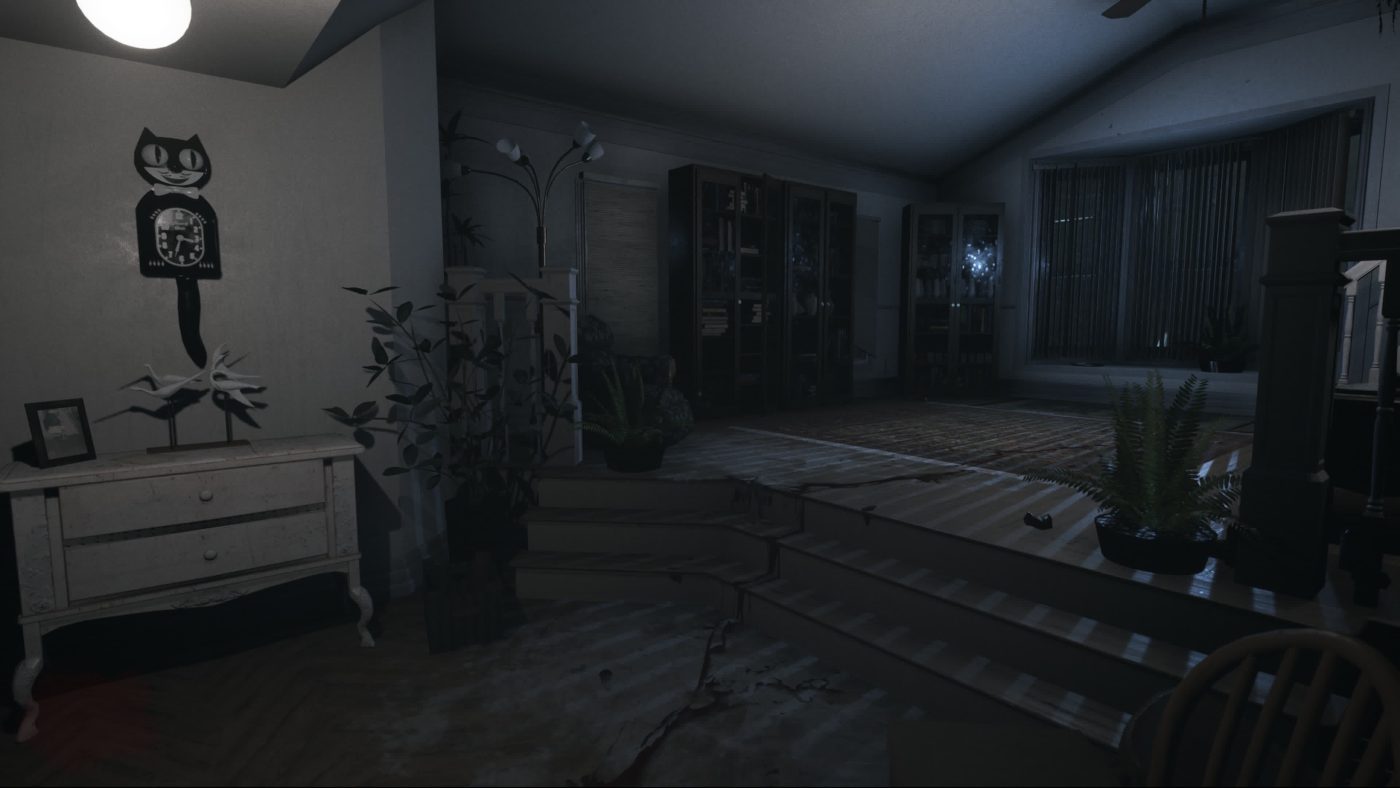
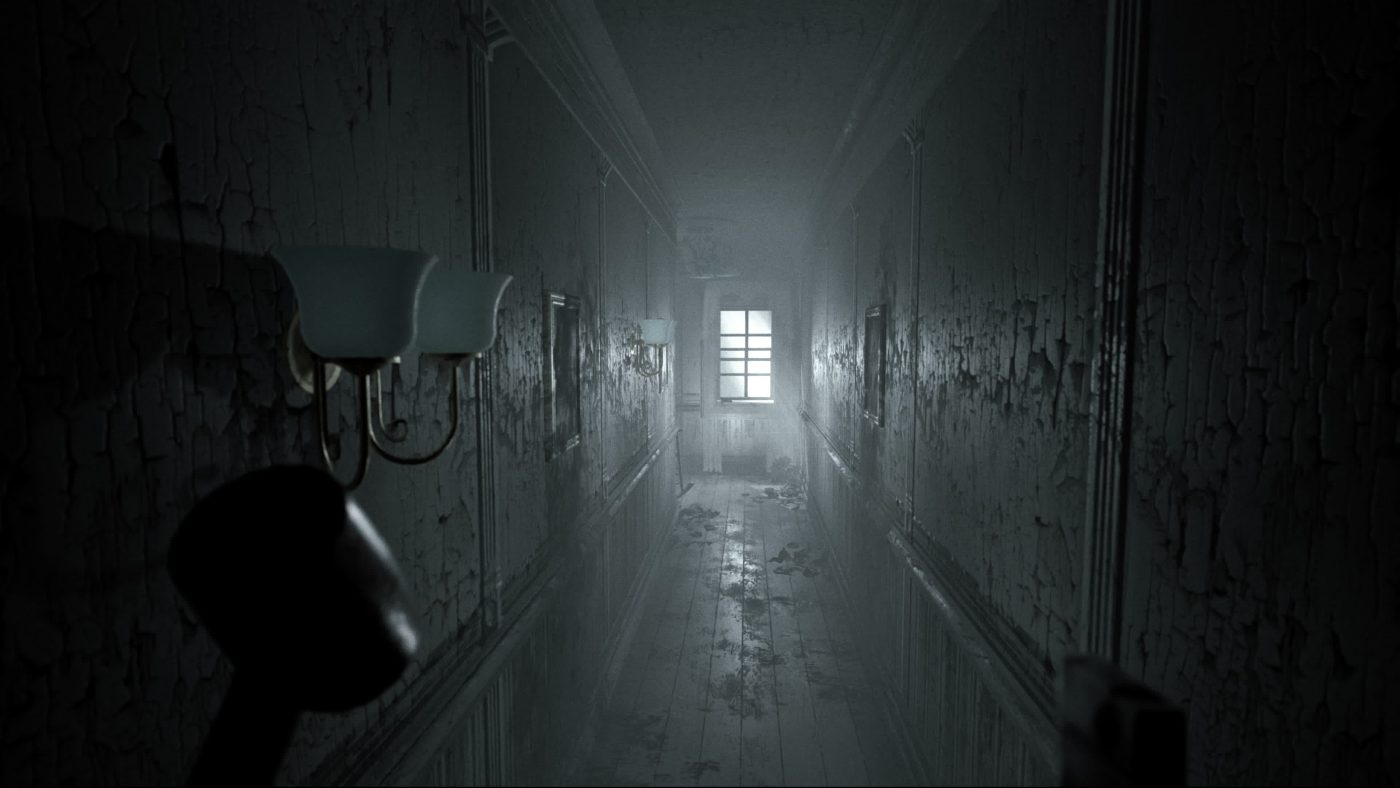
A Twisting and Terrifying Descent into Madness
The plot of Visage unfolds primarily within an old, isolated house—an eerie stage where the tormented lives of several individuals intertwine, each marked by traumatic and harrowing experiences over the years.
The protagonist, Dwayne Anderson, finds himself trapped in this seemingly infinite space, warped by time and memory. He is forced to explore a dwelling that serves as a true container of pain, death, and spectral presences.
The narrative is neither linear nor explicit; it unravels slowly, fragmented into segments that reveal different stories, each set in a different era but all bound by the same cursed house.
As the player explores the house, they will sequentially discover key objects that unlock the various chapters of the story. Each of these unveils horrific events—suicides, murders, abuse, and other tragic family incidents—revealing a spectrum of human suffering that permeates the building and corrodes Dwayne’s mind.
Each room thus becomes a piece of a puzzle to reassemble, a window into past events the player must interpret in order to uncover the hidden truth behind the curse.
One of the most compelling aspects of the story is the way Visage employs the concept of the “house” not merely as a physical setting, but as a metaphor for the human mind and its deepest fears.
Architectural distortions, space-time anomalies, and supernatural apparitions symbolize Dwayne’s disturbed psychological state, as he remains imprisoned in a limbo between reality and madness.
The narrative explores delicate themes such as guilt, grief, and depression without ever slipping into melodrama, maintaining instead a somber and contemplative tone.
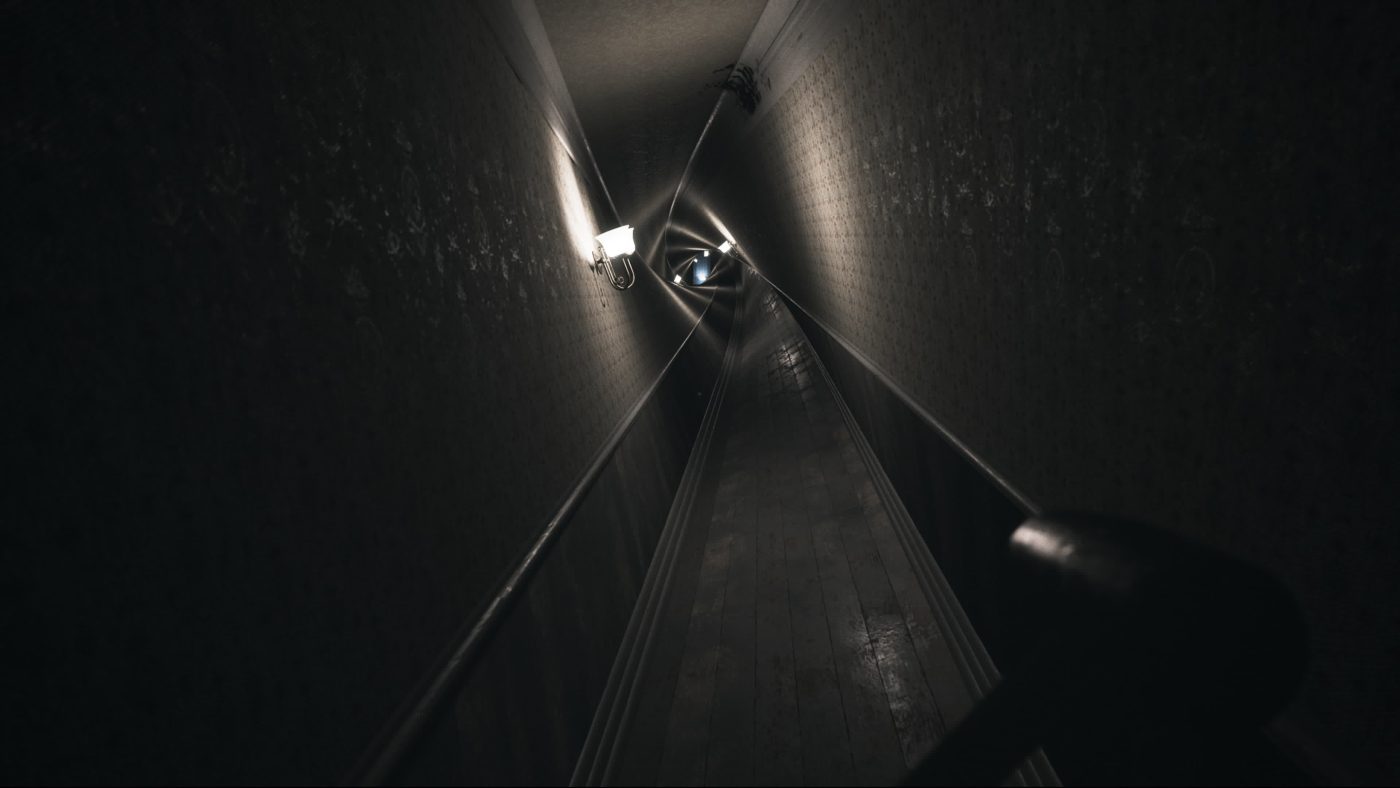
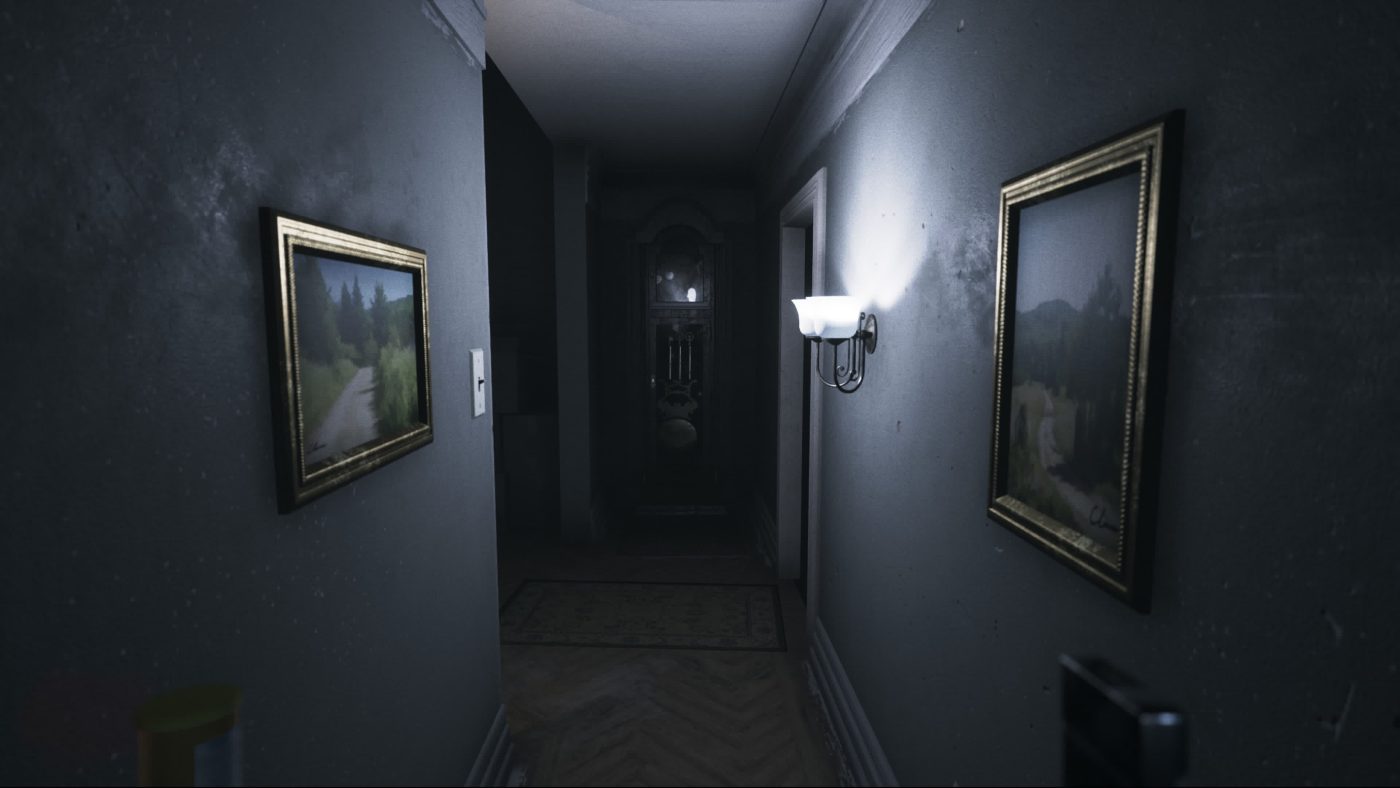
Fundamentally, the main story is divided into four chapters:
In the first chapter, we learn about Lucy, a little girl who, in 1961, befriends an “imaginary” companion. This friend is, in fact, a demon, communicating with her through radios and televisions, and driving her to commit increasingly disturbing and dramatic acts. Lucy’s fate is grim—she locks herself in the bathroom, her desperate parents just outside the door, as she listens to the final macabre advice from her sinister friend.
The second chapter tells the story of Dolores and George, a couple who had a child in 1962. Dolores descends into a worsening mental illness, hearing the baby cry through the monitor and growing increasingly detached from reality—her love for George fading as she begins to see him as an adversary. The chapter culminates in tragedy, as Dolores’s turmoil erupts, directed at both her husband and herself.
The third chapter focuses on Rakan, a young man afflicted with scopophobia, the fear of being watched. Set in 1970, Rakan, teetering on the brink of madness, is institutionalized in a psychiatric hospital. There, he is sedated, restrained, and subjected to a long treatment that eventually leads to his declared “recovery.” At first, Rakan seems to have found himself again, finally happy to return to normal life. But he will never leave that hospital.
The fourth and final chapter tells the story of Dwayne, the main protagonist. Once a loving husband and father, he gradually transforms into a true monster, driven by alcohol and psychiatric medications. Influenced by a man who speaks to him through the television, Dwayne embarks on a journey within himself, descending into surreal places and even into the underworld, in a desperate attempt to resurface. The story has multiple endings, and it will be up to the player to decide which one unfolds.
The narrative tension steadily escalates as exploration deepens, and the boundary between reality and the workings of Dwayne’s mind becomes increasingly blurred.
The ending—intentionally ambiguous—leaves room for multiple interpretations, reflecting the complexity of human emotion and the enduring pain that one may never fully escape. This approach elevates the story of Visage beyond mere horror, transforming it into a psychological investigation of trauma and despair.


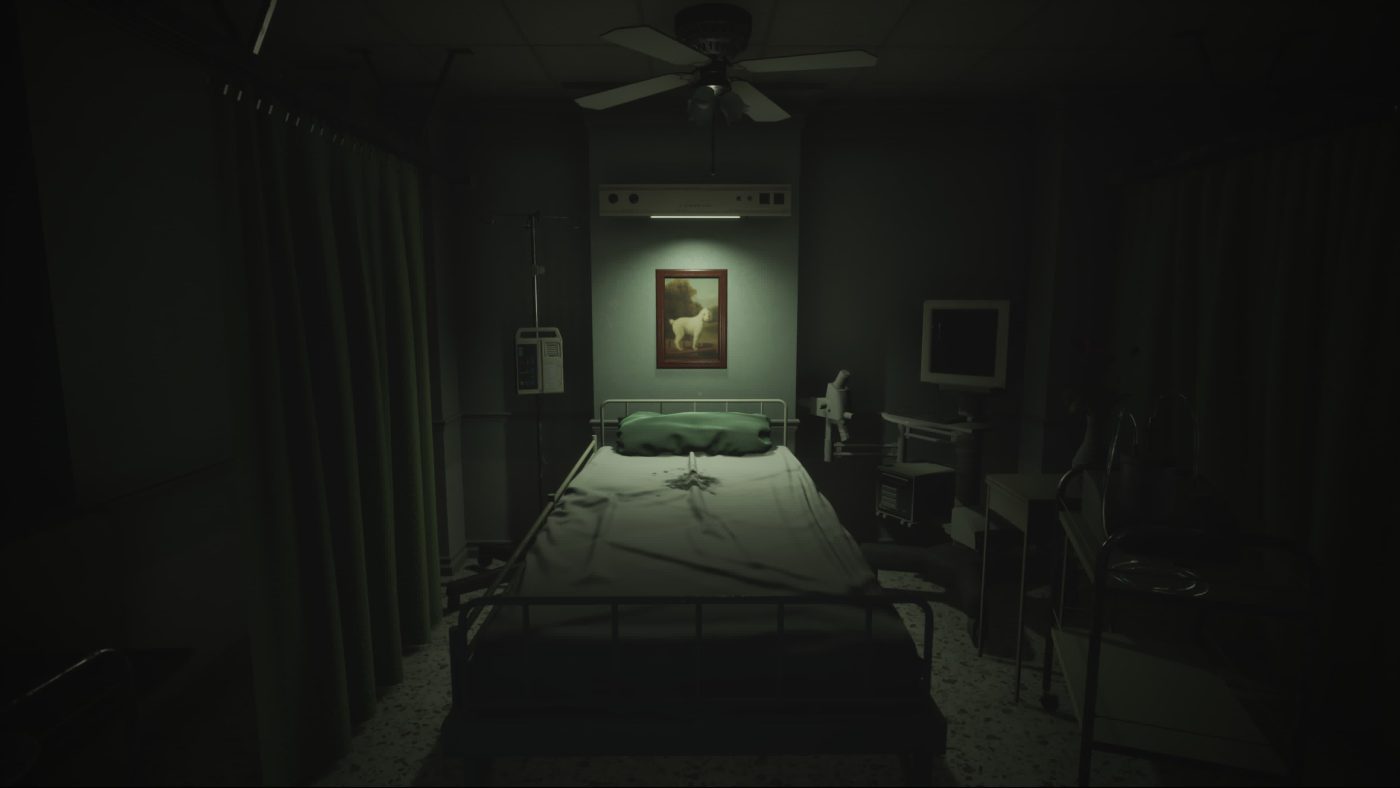

A Memorable, Unconventional Storytelling
The narrative of Visage stands out for its profound depth and its unconventional approach, deliberately rejecting linear storytelling and explicit dialogue in favor of a tale that slowly reveals itself through exploration and discovery.
The game employs a narrative style best described as “environmental and fragmented”: the story is conveyed indirectly via subtle clues scattered throughout the environment, symbolic objects, documents, audio recordings, and most strikingly, the unsettling visions experienced by the protagonist as he navigates the house.
This storytelling method cultivates an atmosphere of mystery and ambiguity, deeply immersing the player emotionally and inviting an active role in interpreting the events.
The house itself becomes a fully realized “character,” its rooms heavy with memories and haunted by the specters of the past, while its shifting architecture seems to mirror Dwayne’s fractured psychological state.
The boundaries between reality and hallucination blur, and the line separating truth from illusion grows ever more fragile.
By eschewing traditional cutscenes in favor of an immersive, non-linear narrative, Visage offers a compelling experience for those who seek to unravel hidden layers and subtle nuances.
This narrative approach perfectly aligns with the game’s core themes—trauma, grief, and madness—which are never explicitly explained but rather suggested, evoked, and left open to personal interpretation.
Furthermore, by weaving together multiple intertwined stories, Visage allows players to explore various perspectives and grasp the complexity of its deeply troubled characters, all marked by tragedy and despair.
This layered narrative fosters a persistent sense of unease, with each new fragment adding fresh shades of pain and terror, immersing the player in a mounting dread that transcends what came before.
Ultimately, the narrative of Visage exemplifies how the video game medium can convey complex, mature storytelling through intelligent design and a meticulous focus on atmosphere and setting.
It transcends conventional horror to become a profoundly emotional and thought-provoking experience that lingers long after the console or PC is switched off.
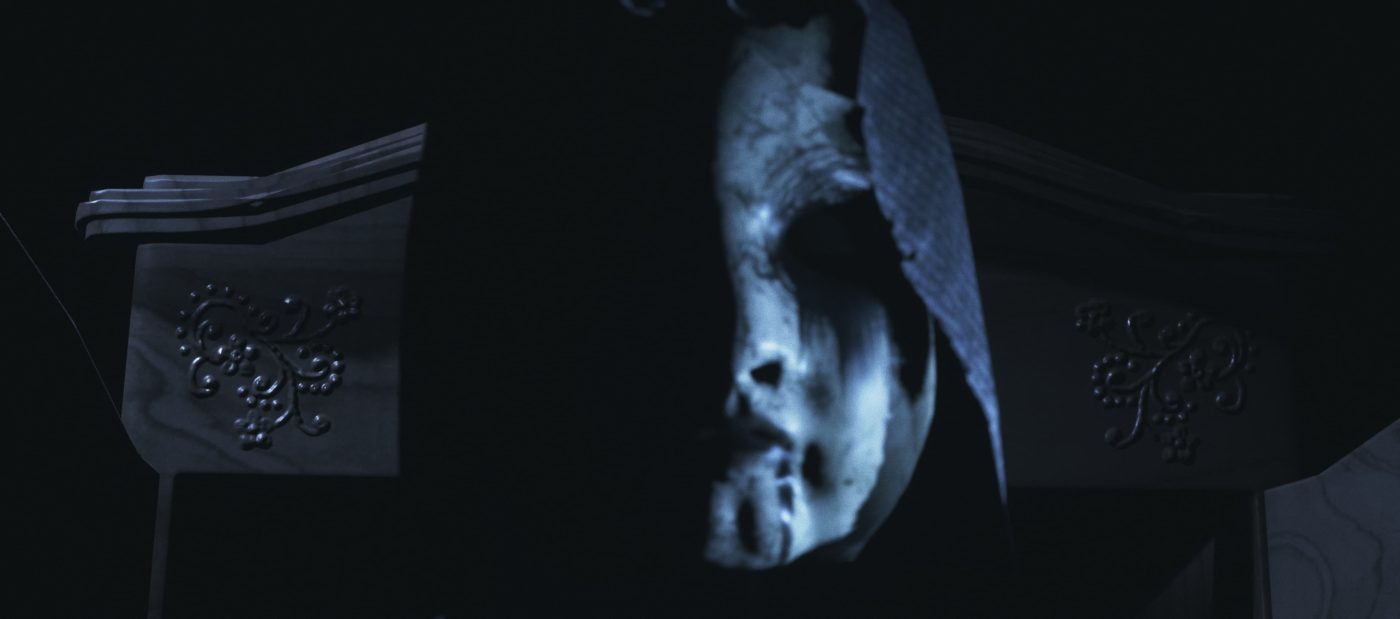
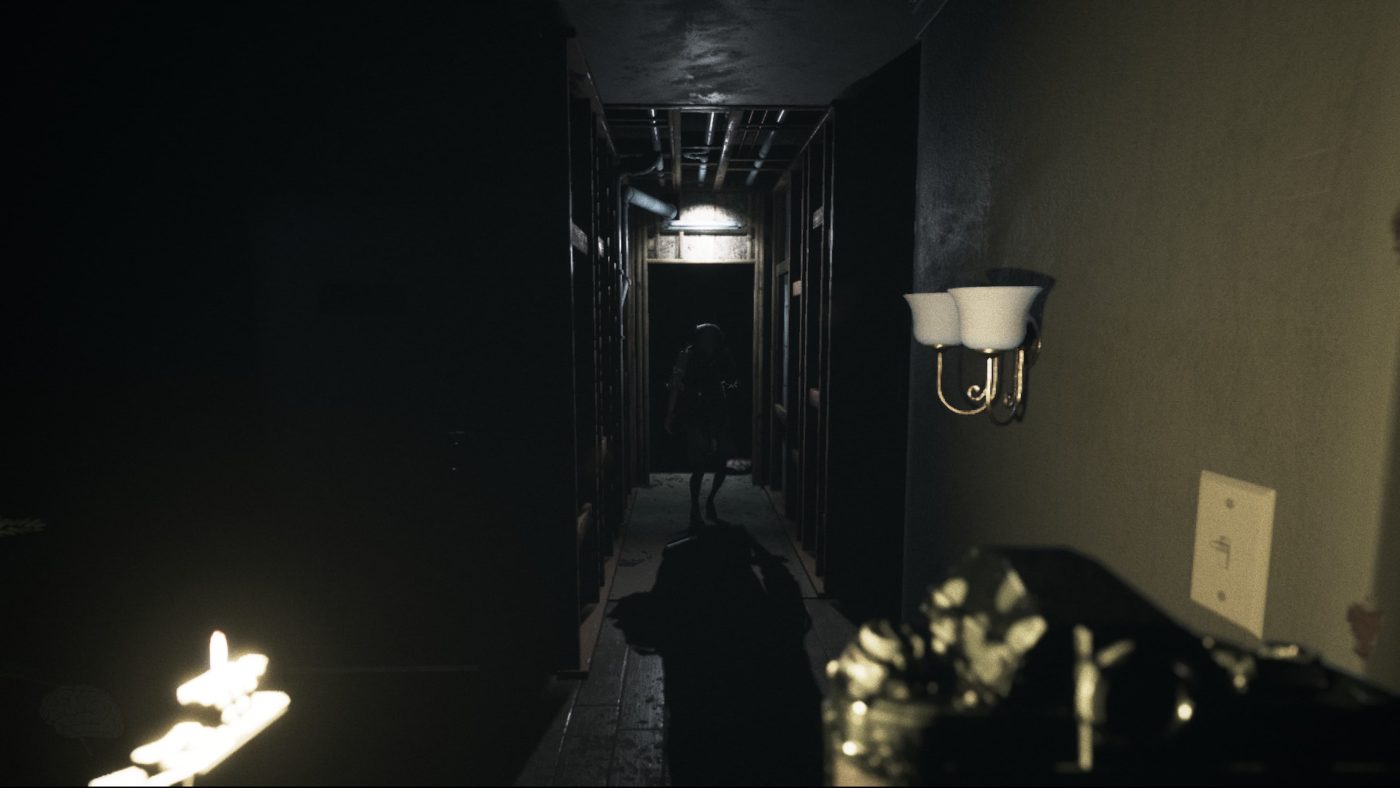
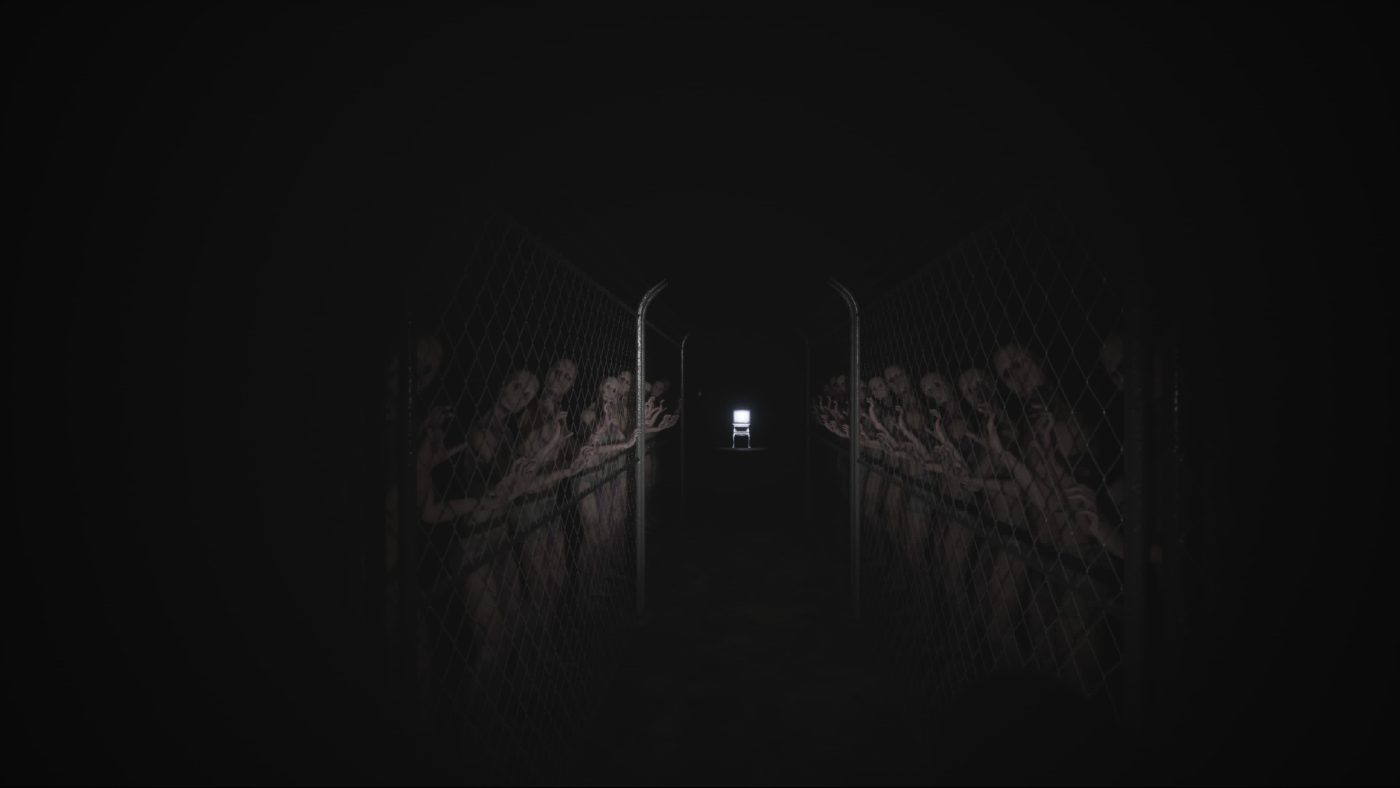
Visually Breathtaking
The technical aspect of Visage is among the most outstanding and vital elements of the game’s overall experience. Developed using Unreal Engine, the game harnesses the full power of this graphics engine to deliver environments that are remarkably detailed and lifelike, playing a decisive role in crafting a deeply immersive and unsettling atmosphere.
Unreal Engine enables SadSquare Studio to masterfully manipulate lighting and shadows, essential components in a psychological horror like Visage. The lighting design is meticulously crafted, featuring soft illumination, distorted reflections, and long, shifting shadows that breathe life into a constantly evolving setting—one that disorients players and amplifies tension. The addition of volumetric effects and subtle fog further intensifies this pervasive sense of unease and claustrophobia.
The art design is executed with equal precision, blending realism with touches of surrealism, particularly through spatial distortions and the unsettling details scattered throughout the house. Every room tells a story: weathered furniture, personal artifacts, signs of violence, and architectural decay are rendered with exceptional detail, contributing to an environment that is at once believable and profoundly disturbing.
The level design draws inspiration from American homes of the 1960s and ’70s, combining familiarity with subtle oddities that spark curiosity while cultivating a profound sense of dread. The progressively intensified spatial distortions deepen the impression of a place succumbing to madness, transforming the house into a mental labyrinth from which escape feels impossible.
In terms of performance, Visage runs smoothly and reliably, particularly when leveraging the power of a PC or the latest generation consoles.
Ultimately, Visage flawlessly fuses immersive gameplay with psychological terror, painstaking realism with surreal ambiance, fragile sanity with obsession, and tangible reality with creeping madness. Visually and atmospherically, it stands as a worthy spiritual successor to the enigmatic teaser of the unreleased P.T., from which it openly draws inspiration. The meticulous attention to detail in every room often dissolves the boundary between game and reality, immersing players in the sensation of experiencing a truly cinematic horror.
Visage is poised to become a benchmark in independent horror gaming—and beyond.
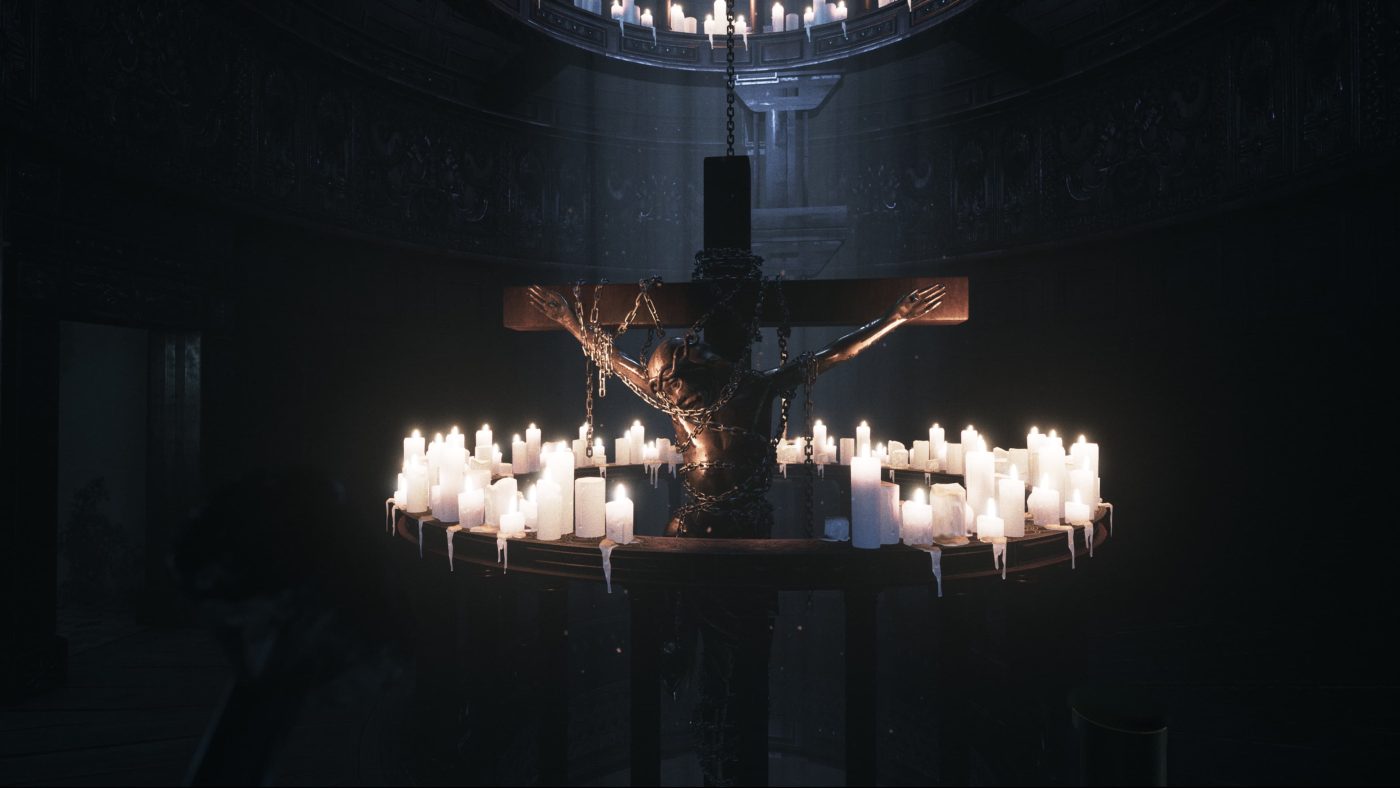
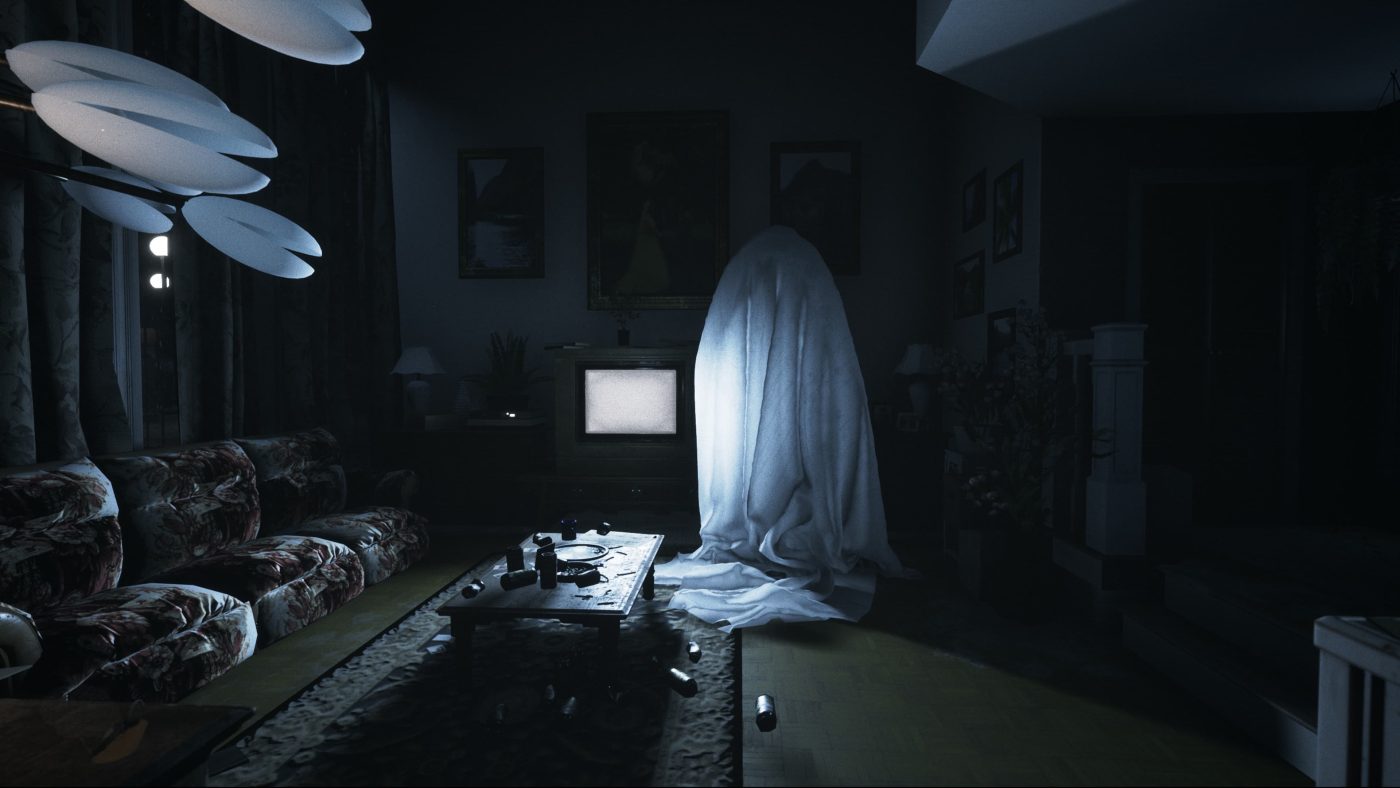
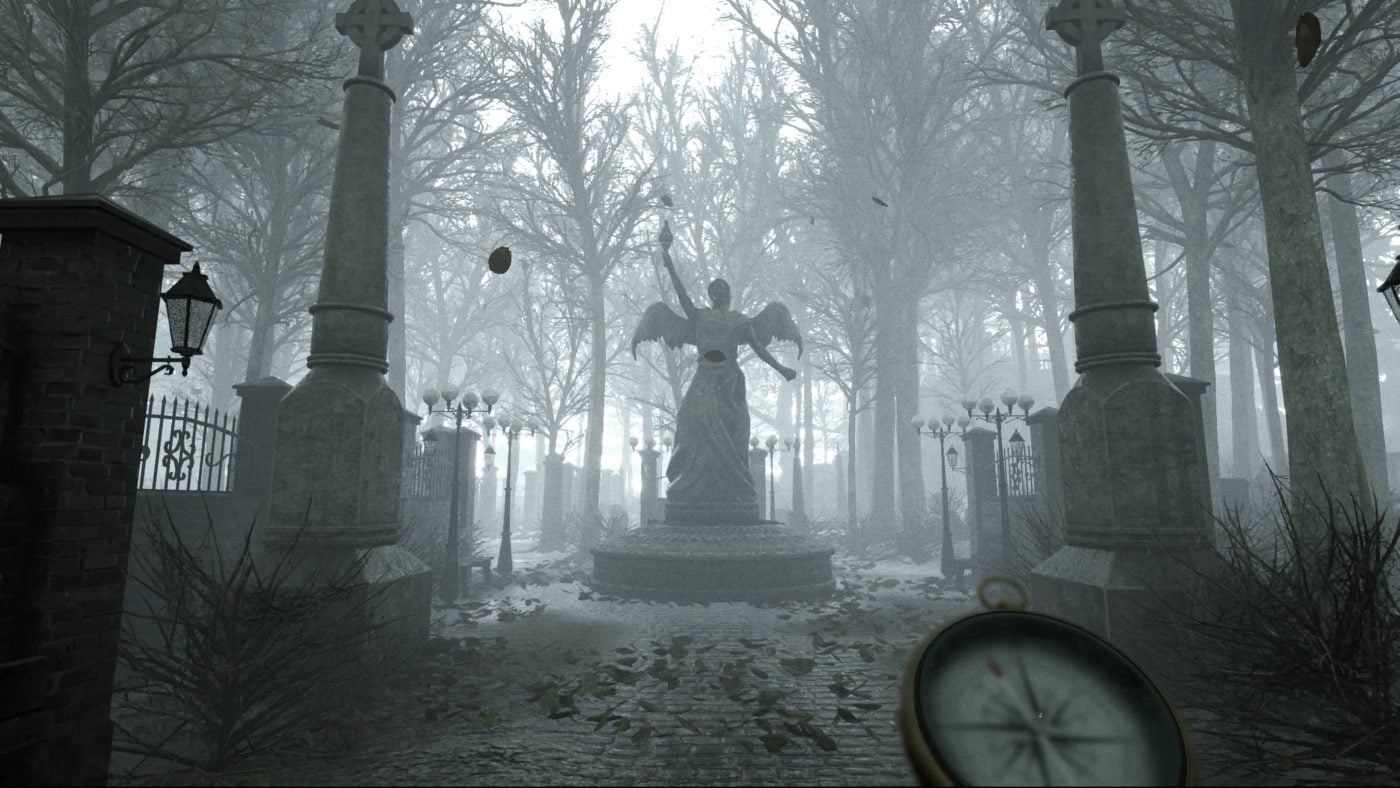
The Power of Sound
The sound design of Visage, alongside its visual artistry, is undoubtedly one of the most powerful elements shaping the game’s overall atmosphere. SadSquare Studio dedicated meticulous care to the audio, crafting a soundtrack and soundscape that not only complement the gameplay but actively fuel the mounting tension and all-encompassing sense of unease permeating every moment.
Visage’s music is composed of minimalist ambient pieces, marked by dark, dissonant tones that continually evoke feelings of anxiety and anticipation. Eschewing catchy melodies or recurring themes, the soundtrack emphasizes white noise and distorted sounds that swell in intensity during moments of heightened suspense, subtly yet powerfully amplifying the underlying fear. This compositional approach keeps players in a state of heightened vigilance without resorting to the typical musical jump scares common in many horror titles.
Beyond the music, the sound design is crafted with painstaking detail: every ambient noise—from the ticking of a clock to the rustling of curtains, from footsteps on creaking floors to distant, whispering voices—is engineered to enhance realism and immersion. These sounds not only enrich the environment but also function as vital cues, alerting players to important events or elements while steadily building tension.
The game’s masterful use of 3D spatial audio further elevates the experience: players can precisely pinpoint the direction of sounds, intensifying their sense of presence and vulnerability within the haunted house. This feature proves especially effective during encounters with unseen entities or sudden shifts in the environment.
Equally significant is the strategic use of silence—moments of near-total quiet are expertly employed to foster anticipation and unease, allowing players’ imaginations to fill the void and heightening the impact of subsequent events. This interplay between eerie sounds and oppressive silences establishes a compelling audio rhythm that perfectly complements the game’s narrative and mood.
In short, the sound design of Visage is one of the defining pillars of the game’s identity. The masterful use of ambient music, detailed sound effects, spatialized audio, and strategic silences crafts an experience that is immersive, intense, and psychologically disturbing—keeping the player in a state of constant tension throughout the entire journey.

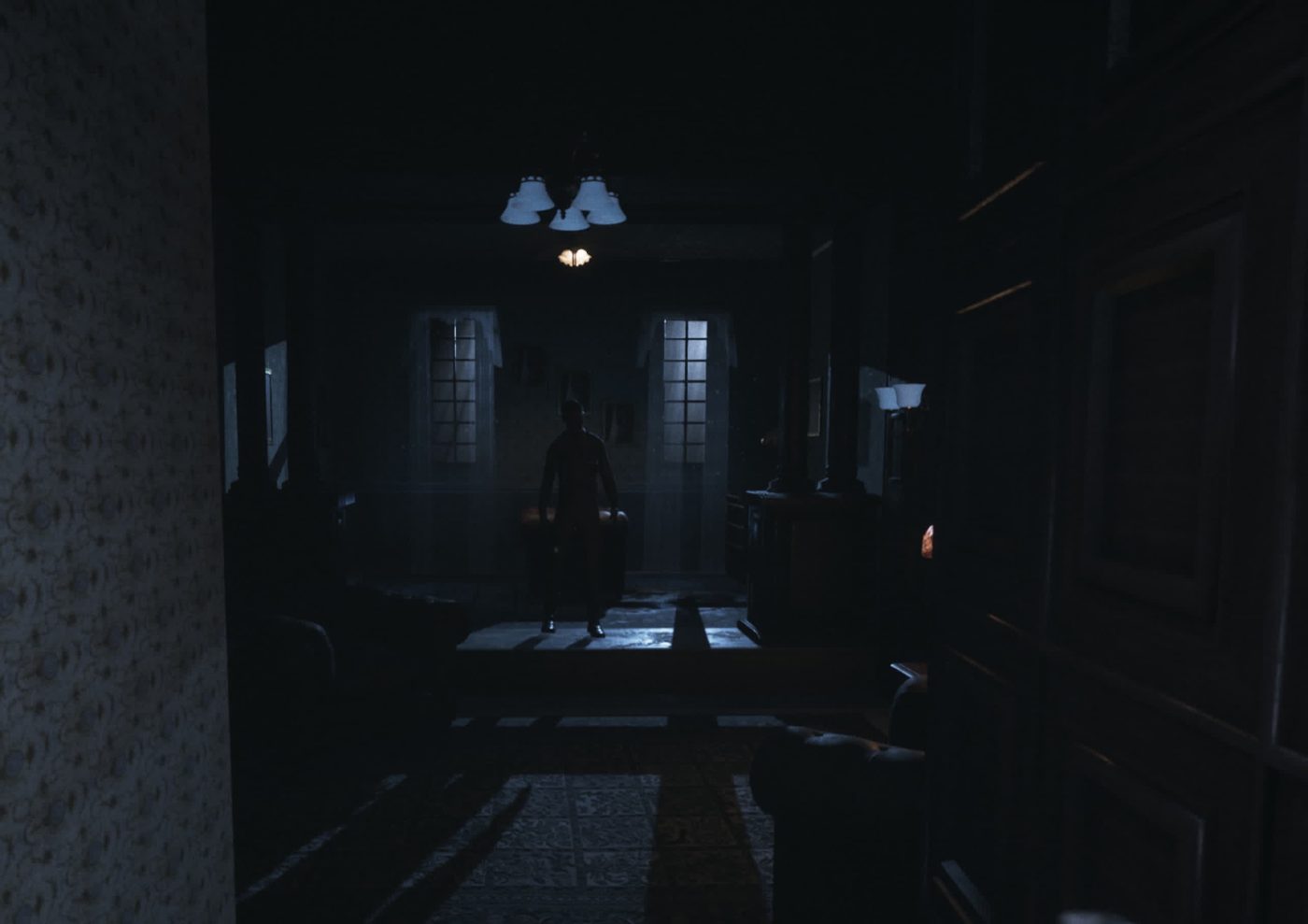
A Genre-Bound Gameplay That Seeks to Break Its Chains
The gameplay of Visage, much like that of other titles in the psychological horror genre, is designed to immerse the player in a slow-paced, meditative, and deeply unsettling experience—where vulnerability and a constant sense of danger play a central role. Visage does not rely on action or fast-paced mechanics; instead, it emphasizes careful exploration, minimal interaction with the environment, and a stress and sanity management system that directly impacts the overall experience.
Players take on the role of Dwayne Anderson, navigating the cursed house from a first-person perspective in search of clues and keys to unlock new areas. Interaction with objects is limited but meaningful: books, photographs, letters, and everyday items serve as essential tools for piecing together the story of the house and its former inhabitants, chapter by chapter. The approach is thus more investigative than combative, which heightens the tension as the player is constantly exposed and unable to defend themselves against potential threats.
One of Visage’s most successful and innovative mechanics is its sanity system, which effectively serves as the protagonist’s health indicator. Prolonged exposure to darkness causes the sanity meter to rise, increasing the likelihood of supernatural phenomena manifesting and overtaking the experience. To mitigate this, players must illuminate their surroundings as much as possible using light switches, lighters, candles, and spare bulbs. The environment, spectral manifestations, and paranormal events gradually deteriorate Dwayne’s psychological state, with increasingly intense visual and auditory distortions that can escalate into full-blown panic episodes. If sanity drops too far, the character may suffer severe consequences—culminating in a psychological “game over.” This mechanic introduces a constant pressure that forces the player to balance exploration with the need to find safety and moments of calm to regain composure.
Puzzles are cleverly integrated into the narrative and environment, never feeling forced or overly complex, and they offer just the right level of challenge to keep players fully engaged. More often than not, these involve reconstructing fragmented stories or connecting scattered clues rather than solving traditional mechanical puzzles. This approach keeps the focus on storytelling and atmosphere, without disrupting the game’s emotional flow.
Notably, Visage features no direct combat. This design choice reinforces the constant sense of helplessness and vulnerability. Threats are often invisible, sensed only through fleeting sounds or ghostly apparitions, which amplifies the psychological tension. The game leans into a form of horror born not from confrontation, but from the unknown and an overwhelming sense of isolation.
While Visage builds upon a gameplay formula already familiar to fans of the genre, it executes it with remarkable effectiveness. From beginning to end, the developers succeed in delivering a raw, unfiltered fear—the kind that true horror enthusiasts are always searching for.
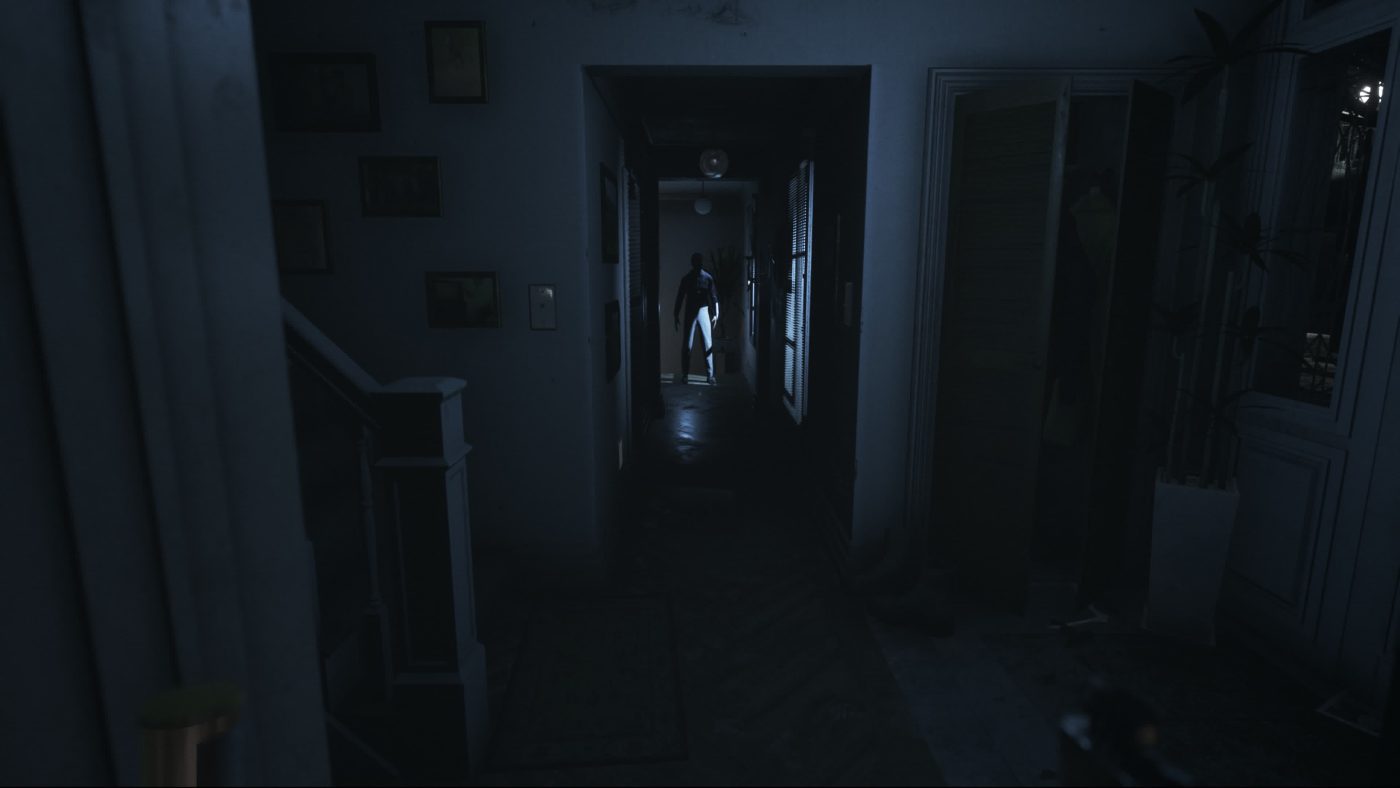
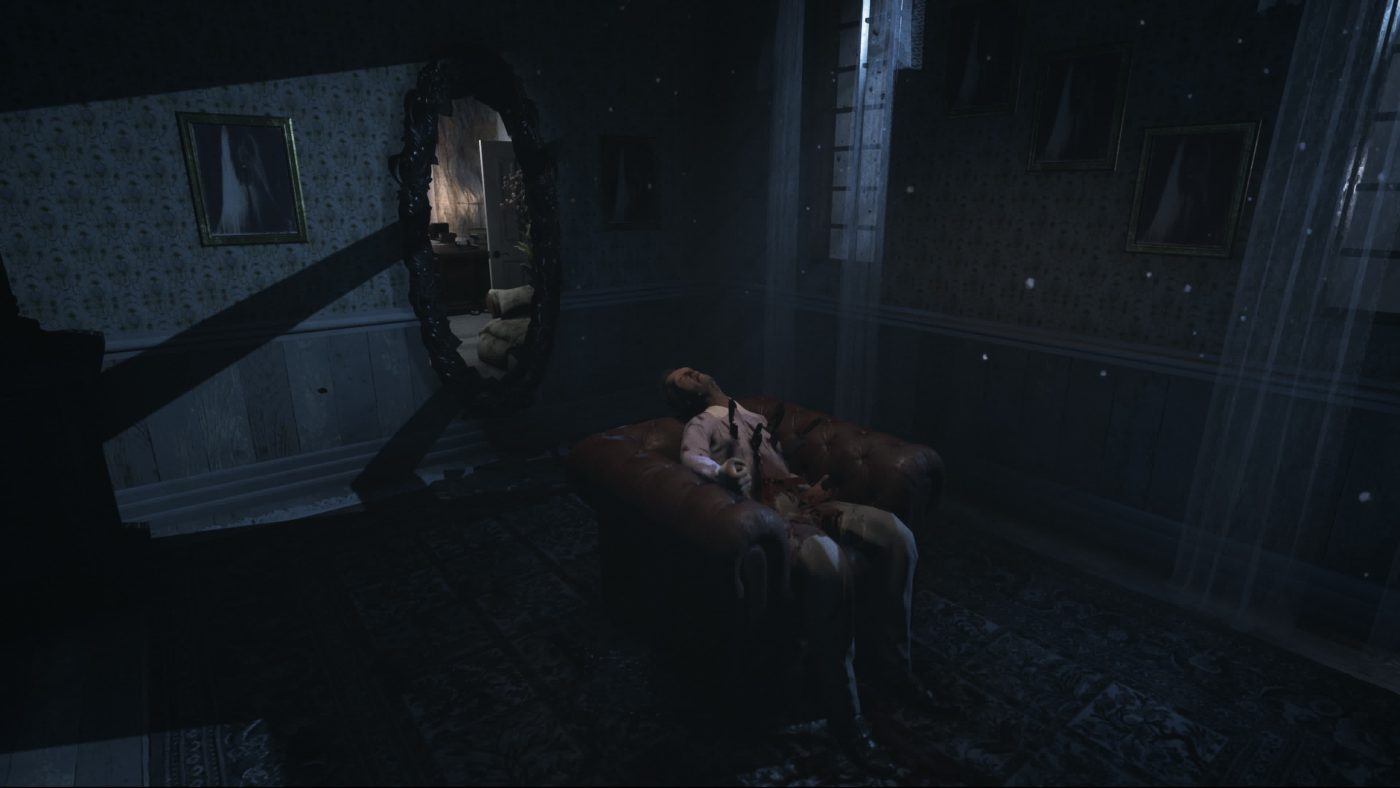
The Critics Speak with One Voice
Visage was met with generally positive reception from specialized critics, who praised above all its remarkable ability to craft a haunting and immersive atmosphere—establishing it as one of the most intense and meticulously crafted experiences within the landscape of independent psychological horror. Particular acclaim was given to its environmental storytelling, the technical execution, and especially the way the game instills a deep, lingering sense of fear.
Among the criticisms, its slow and meditative pace stands out—an approach that may frustrate or alienate those in search of a more dynamic horror experience or one offering greater gameplay variety. The emphasis on careful exploration and the absence of direct combat enforce a deliberate rhythm that may not suit all players, reinforcing the perception of Visage more as an artistic and narrative-driven journey than a conventional entertainment product. The difficulty curve, tied to the management of mental sanity, also proved divisive: while it adds depth and psychological tension, it risks feeling punitive or unclear, particularly to those less familiar with the genre.
From a narrative standpoint, the game has been praised for its respectful and realistic treatment of sensitive themes such as depression and trauma, avoiding sensationalism in favor of a more intimate and mature exploration. However, some have found the lack of a more explicit plot or a clearly defined narrative thread to be a limiting factor, occasionally resulting in an experience that feels confusing or fragmented, leaving players adrift among numerous interpretations without a clear resolution.
Despite these critiques, Visage has been widely recognized as a benchmark title for enthusiasts of deep psychological horror. Its ability to innovate within the genre through minimalist design and an unconventional storytelling framework has garnered significant praise. Frequently compared to cult classics like P.T. and Silent Hill for its symbolic and psychological use of the domestic setting, the game ultimately succeeds in carving out its own distinct identity—thanks to its meticulous attention to detail and exceptional sound design.
Visage
PRO
- Atmosphere and immersion that are profoundly oppressive and captivating, crafted through meticulously detailed environments, eerie architectural distortions, and masterful use of light and shadow that heighten suspense and a constant sense of unease;
- Deep and introspective narrative addressing mature themes such as trauma, depression, and guilt with remarkable sensitivity and nuance;
- Outstanding sound design, featuring realistic effects and immersive spatial audio that form an essential part of the psychological horror experience;
- Innovative sanity mechanic that directly impacts gameplay, intensifying tension and fear, thereby enhancing the psychological immersion and engagement;
- High-level technical and artistic detail, offering exceptional visual fidelity with intricately designed settings and spatial distortions that amplify the sensation of a world precariously balanced between reality and madness.
CON
- Deliberate pacing and minimalist gameplay focused on contemplative exploration and limited interaction, which may feel slow or frustrating for players seeking a more dynamic or action-oriented experience;
- Lack of combat mechanics, which restricts the player’s ability to defend or confront threats, relying entirely on psychological anxiety and suspense;
- Ambiguous storytelling, which some may find confusing or overly fragmented, leaving numerous questions unanswered.

